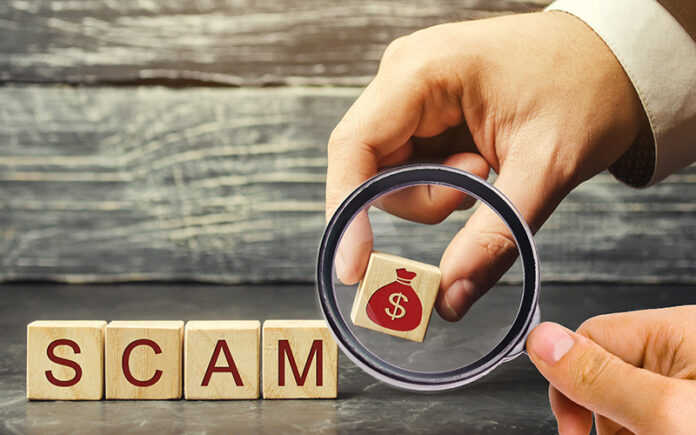by Dianna Brodine, vice president, editorial, Plastics Business
“I received a call from the bank,” said Erica Berg, chief financial officer for Vital Plastics, Inc., Baldwin, Wisconsin. “A check was coming through on our payroll account, and the bank wanted to verify it since it didn’t match up with the data we had provided.”
Vital Plastics uses a service called Positive Pay to provide a safety net against fraudulent checks. Once each week, Berg downloads a file of all checks written – check number, dollar amount, date and who it was written to – and uploads it to the bank through Positive Pay. The bank then compares all checks presented for payment to the file. If all four boxes aren’t matched, it triggers a phone call to the account holder.
“It’s unusual to get a call, and in this case, the check was coming through on our payroll account, which was an immediate flag because its not often we have a paper check written through that account,” said Berg. Vital Plastics uses two accounts – one for operating payables and one for payroll. Payroll typically is paid via ACH electronic fund transfers, and incentive checks (which are printed) are only paid quarterly.
“Then, the bank employee told me dollar amount, which was several hundred dollars over the amount of the most recent incentive check that would have been written from that account,” said Berg.
Berg asked for a copy of the check, and it was at this point that the sophistication of the attempted fraud became more apparent. First, the signature on the check matched exactly that of Vital Plastics’ owner George Hauser. The date on the check was an actual payroll date for Vital Plastics. The check is nearly identical to payroll checks used by Vital Plastics – in fact, on the front of the check, only tiny numbers in a size 5 font that are printed under the check number and the lack of a small logo would indicate to a sharp eye that the check was fraudulent. And, the check number itself was advanced from current check numbers being used by the company by only 100 numbers – far enough to avoid being flagged as a duplicate check, but not so far as to arouse immediate suspicion by someone monitoring the account.
However, Hauser hadn’t signed a check on that account at any point in 2022 – another one of the owners had been responsible for signing the incentive checks. And, when Berg flipped the check over, there were obvious differences in styles and wording in the endorsement area.
The check had been written to an individual not on the company’s employee list and was mobile deposited to a bank in the area. When Hauser called the bank to report the fraudulent check, the account to which it was deposited already had been closed.
Luckily, Vital Plastics has been taking advantage of the Positive Pay feature of its bank’s cash management service for three years. “By the time I was off the phone call with the bank employee who called to verify the check for payment,” I could see in real-time on our bank account that the check was reported as fraudulent and the money was back in our account,” said Berg. “We do pay a fee for this service, but it’s a small fee in comparison to what we could lose.”
Positive Pay is an automated fraud detection tool offered by the Cash Management Department of most banks. Positive Pay requires the company to send (transmit) a file of issued checks to the bank each day checks are written. When those issued checks are presented for payment at the bank, they are compared electronically against the list of transmitted checks. The check-issue file sent to the bank contains the check number, account number, issue date, and dollar amount. Sometimes, the payee name is included, but is not part of the matching service. When a check is presented that does not have a “match” in the file, it becomes an “exception item.” The bank sends a fax or an image of the exception item to the client. The client reviews the image and instructs the bank to pay or return the check. For more information, inquire with your local bank.





